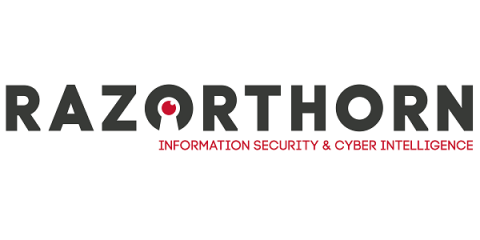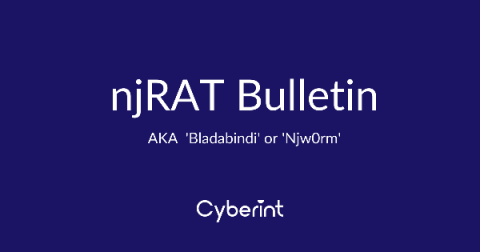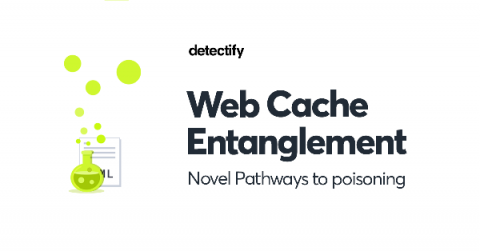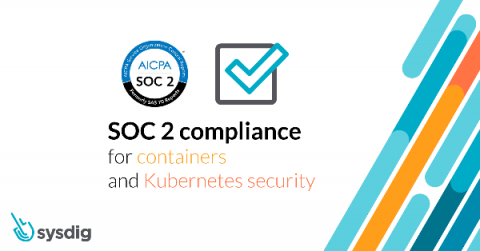CyRC analysis: Circumventing WPA authentication in wireless routers with Defensics fuzz testing
Three WPA authentication bypass vulnerabilities were found in wireless routers using the Defensics fuzz testing tool. WPA3 will become a mandate for all new wireless devices, which can only be a good thing considering the number of vulnerabilities found in WPA2 implementations. Learn about the basic concepts (and common weaknesses) of WPA authentication, how these vulnerabilities work, and how proactive fuzz testing can identify and address similar issues in WPA implementations.











